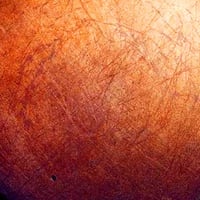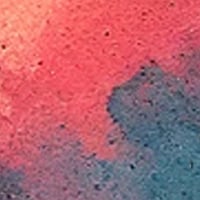The Google Cartography applet searches Google for
The Google Cartography applet searches Google for street relationships and maps them. I wonder what this would look like output in the more traditional grid structure (so that, for instance, 7th Avenue is a line, not a point).





Reader comments
990000Aug 26, 2004 at 11:43AM
it's definitely strange to see such a linear thing as a street represented as points. it might be interesting if it gave feedback about districts/neighborhoods such as the "garment district", "chinatown", "greenwich village", "little italy", "totally boring area", "places where you'll most likely find _______", various historic districts, etc... this could be helpful for walking tours and tourists.
ericAug 26, 2004 at 8:34PM
Fascinating applet. It would be a breathtaking experience to navigate node-based worlds such as that one, or this one in actual 3-dimensional space. [ed: that UI is still under development.]
Curious observation: Richard's site design looks almost exactly like one of Eric Meyer's old CSS tricks pages.
RichardAug 27, 2004 at 5:24AM
Yes the css file uses Eric's beautiful navbar hack (which I had to disable due to it freaking out the right div in IE (also interacted badly with inline applets in firefox/mozilla). The CSS file references Eric and his site. The non-navbar parts of the design are not Eric's (Eric would have done a much better job, I'm an engineer not a designer :-) )
This thread is closed to new comments. Thanks to everyone who responded.